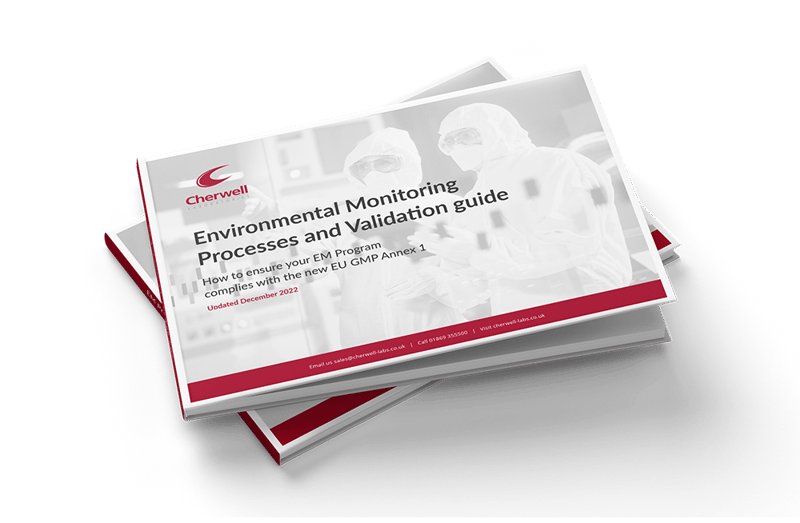This may sound like an odd question, however, the various environmental monitoring devices on the market do operate differently and therefore, have their own strengths.
Firstly, how would we describe air sampling versus air monitoring? An easy analogy to use is, air sampling is similar to taking a picture, whereas air monitoring is more akin to taking a video. A quick snapshot versus a longer picture of what is going on.
Air samplers, such as the SAS Super range, are designed to collect one cubic metre quickly, in the case of the Super 180 in less than 6 minutes. This type of rapid cubic metre sampling allows a high number of samples to be collected from numerous sample locations around a facility. This approach fits with the increasing demands on pharmaceutical manufacturers to do more and more environmental monitoring (EM) to demonstrate compliance. Having a device that allows the user to collect the sample quickly also helps keep monitoring costs down, by minimising labour costs.
An air monitor is slower and importantly covers a more prolonged time frame. Traditionally, this would have been achieved by using a device that uses the slit-to-agar technique. However, these do still have the same limitations as other agar-based systems. More recently we have seen the development of rapid microbial monitoring systems. Solutions have been available for water monitoring, but we are now seeing devices specifically for air monitoring. These new monitors, whilst very expensive, have the potential to address the need within the new Annex 1 requirement for continuous monitoring.
So which solution should users consider for their EM regime? Rapid air samplers are widely used within industry and have a long track record. It could be argued that they have a place for background sampling of lower grade spaces. In these environments we are keen to demonstrate control that supports our high-grade spaces, and this can be achieved through rapid cubic metre samples.
However, within the high-grade A space, a more rigorous approach, with minimal intervention, should be considered. And not only to meet the new guidelines within GMP Annex 1, but to also provide robust data that is more in line with the high air flows in use within grade A environments. By using a continuous monitoring approach contamination events can be time related which may aid investigations into root cause.
So, is there a difference between sampling and monitoring? I think so, and they have different benefits to the user. Being clear about the objectives and requirements in each area and the solutions available is key in designing a robust EM plan.







